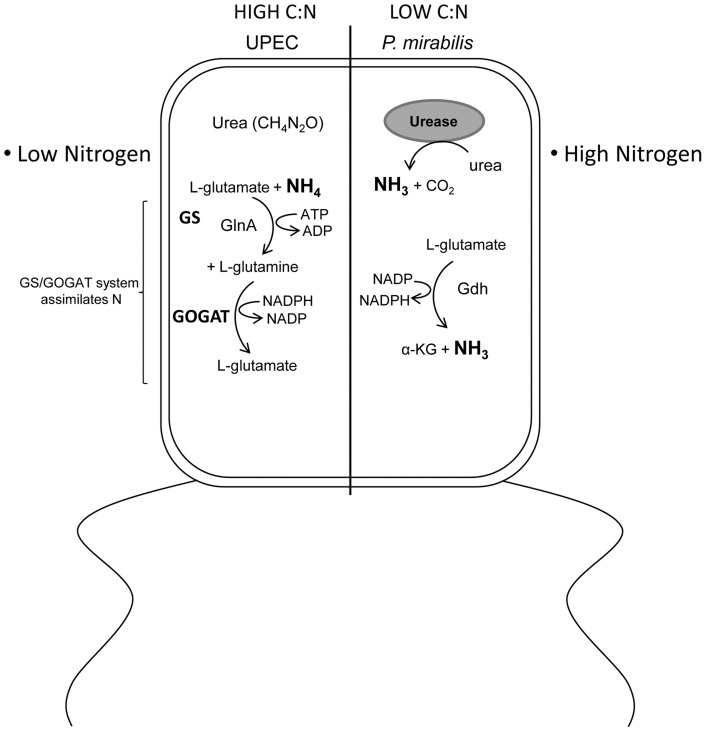Figure 7. Model describing the differential effect of E. coli and P. mirabilis metabolism on the C/N ratio within the urinary tract.
The urinary tract environment has a low C/N ratio due to the dilute mixture of amino acids and peptides as the primary carbon source and the abundance of urea in urine providing a substantial nitrogen contribution. E. coli is unable to utilize or sense the nitrogen sequestered in urea because it lacks urease, which liberates ammonia from urea. In contrast, P. mirabilis is urease positive; consequently, P. mirabilis senses a physiologically lower C/N ratio than E. coli. This results in E. coli activation of the glutamine synthetase and glutamate oxo-glutarate aminotransferase system (GS/GOGAT) to assimilate nitrogen while P. mirabilis assimilates nitrogen, via glutamate dehydrogenase (Gdh) due to the apparent excess nitrogen available from ammonia produced by urea hydrolysis. This difference in physiological nitrogen availability explains the dramatic difference between E. coli and P. mirabilis central carbon pathway requirements for fitness during urinary tract infection.

